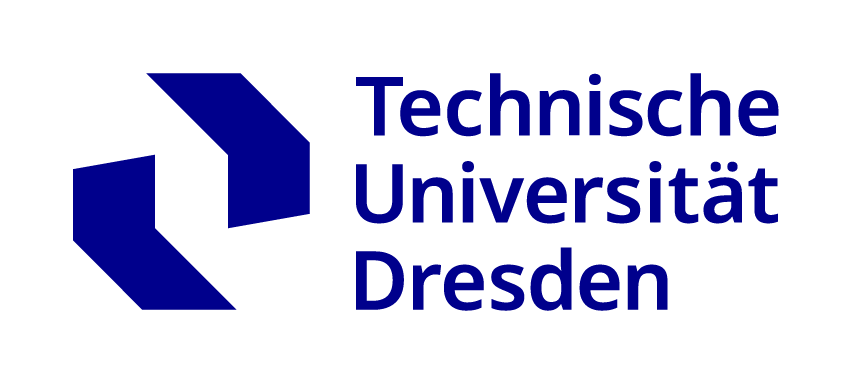Chair for Molecular Biophysics (Schlierf Group) (Professorship)
Parent Units:Technische Universität Dresden (TUD)
German name: "Professur für Molekulare Biophysik (Schlierf Group)".
Contact
| web: | http://www.bcube-dresden.de/research-groups/schlierf/home/ | |
| email: | ||
| phone: | +49 (0) 351 463-43050 | |
| address: | Technische Universität Dresden (TUD), Chair for Molecular Biophysics (Schlierf Group), Arnoldstr. 18, 01307 Dresden, Germany | |
| partner: | Technische Universität Dresden | |
Expertise
We are interested in conformational dynamics of biomolecules. In particular, we study (membrane) protein folding, protein-DNA interactions during DNA replication and recombination and regulatory DNA and RNA conformations.
Research:
- Protein folding
Protein folding is a process of molecular self-assembly during which a disordered polypeptide chain collapses to form a compact and well-defined three-dimensional structure. Here, we use optical tweezers and single-molecule FRET to track conformations of fast folding proteins and membrane proteins along their paths on the multi-dimensional energy landscape. Read more -> - Protein - DNA interactions
Protein-DNA interactions are the key for cell regulation, including cell division and adaptation. There are different levels of specificity for these interactions ranging from unspecific single-stranded DNA binding to specific secondary structure recognition. We use single-molecule FRET, FCS and magnetic tweezers to study the conformations and kinetics of protein DNA interactions. Read more -> - DNA and RNA secondary structures
DNA and RNA are known to form secondary structures, e.g. hairpins, if self-complementary sequences are present. RNA secondary structures have evolved as expression controls (riboswitches) and DNA secondary structures are used as recombination sites (Integron). Here, we study the structure and conformational kinetics of RNA and DNA hairpin structures. Read more -> - Protein-based biomineralization
Diatoms have evolved an intricate biosilica cell wall with a structural precision ranging from micrometers down to a few nanometers. Current models assume an underlying protein-based structure for subsequent biomineralization. We use single-molecule localisation microscopy to image the underlying protein patterns with up to 20 nm resolution. Read more -> - Technique development
Over the past decades a set of different single-molecule techniques has been pioneered. In our lab we use fluorescence- and force-based single-molecule techniques to study a set of biological questions. To answer the questions we develop software, hardware, data analysis and supporting chemical and biochemical developments for single-molecule experiments. Read more ->
Affiliations
Parent Units
| name | type | actions |
|---|---|---|
| B CUBE | Center |
Last Update
Last updated at: 2019-08-23 10:04 CEST

